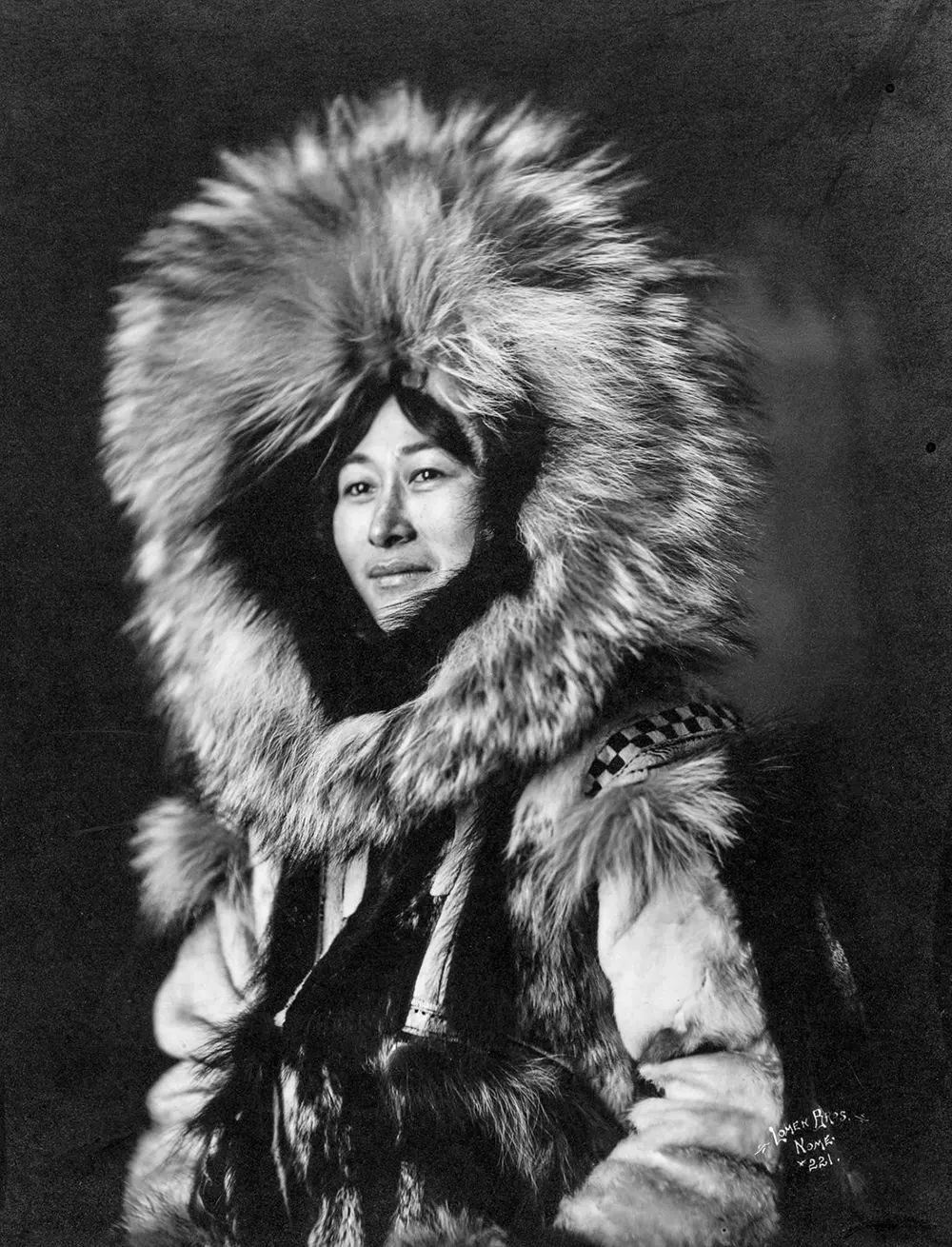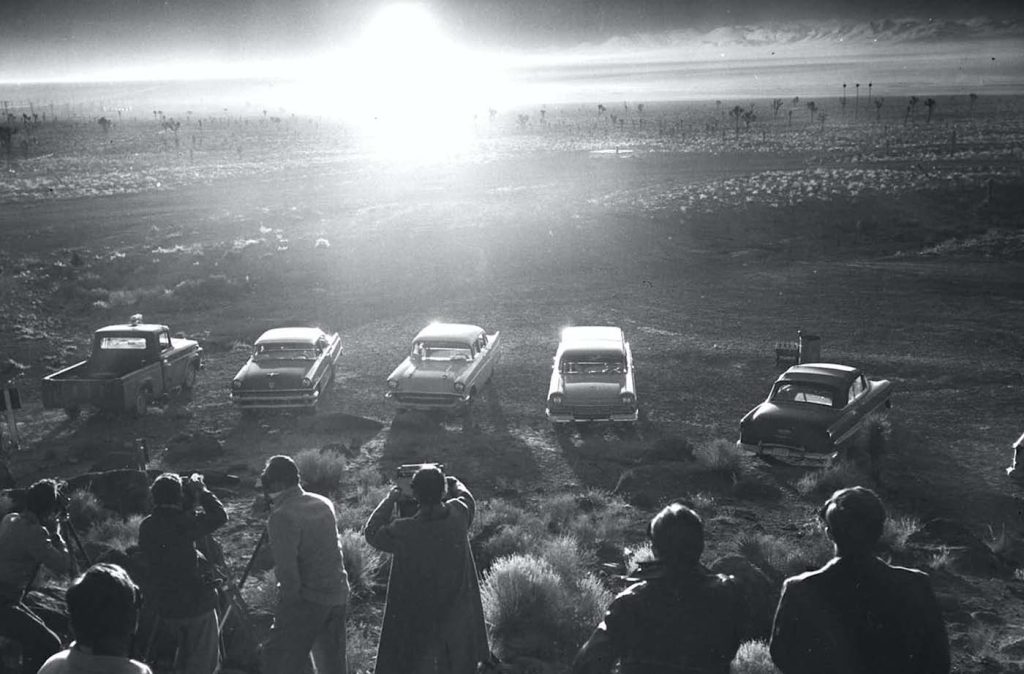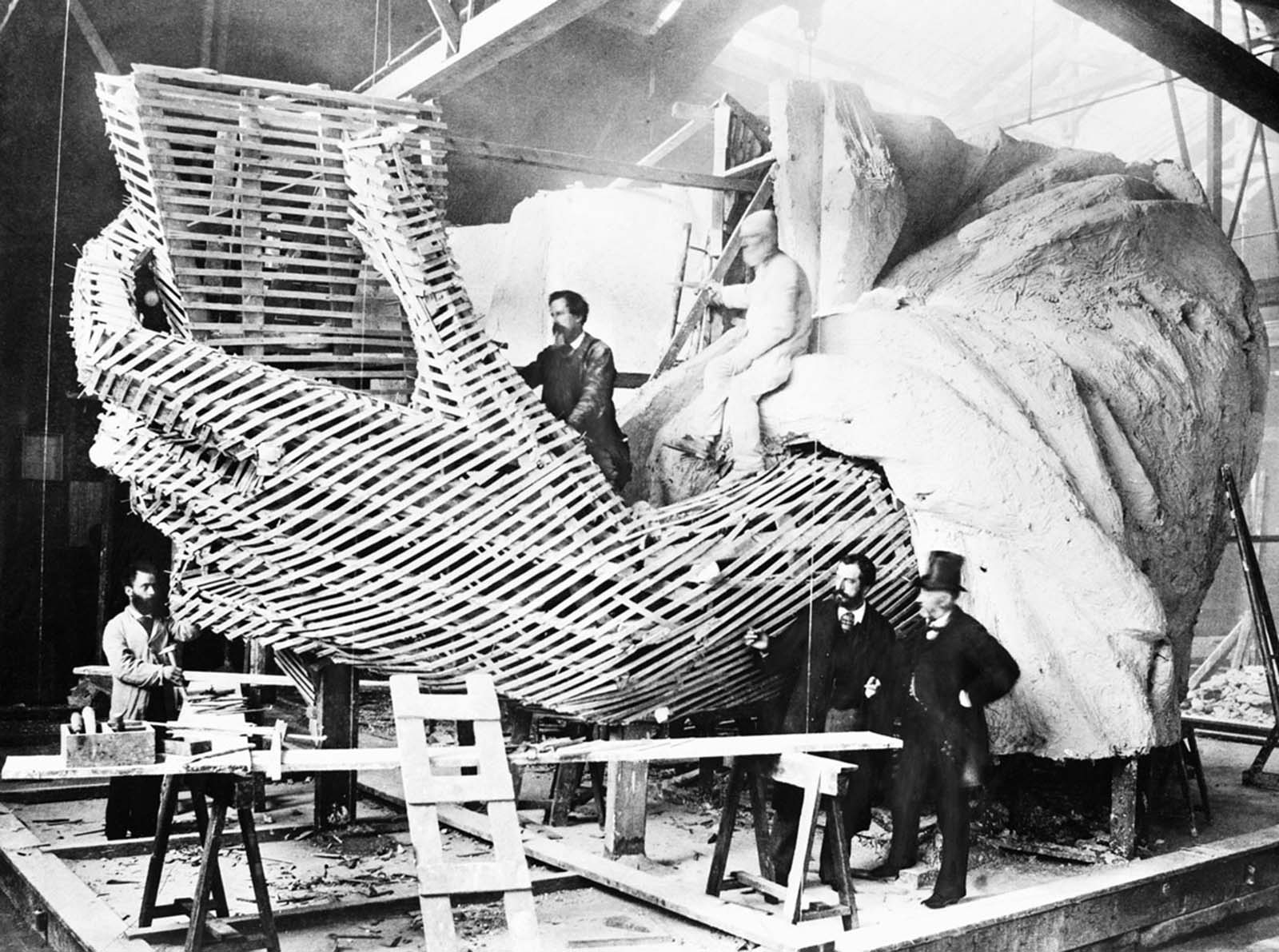Portrait of an Eskimo woman.
These photographs, taken by the Lomen family, capture the indigenous Yupik Eskimo and the prospectors of the Gold Rush in Alaska during the early decades of the 20th century.
The term “Eskimo” is used in Alaska to refer to arctic Alaskans including Inupiaq, Yupik, and Alutiiq people. Linguists now believe that “Eskimo” is derived from an Ojibwa word meaning “to net snowshoes.”
In Canada the term “Inuit” is used rather than “Eskimo,” but most Alaskans use the name “Eskimo,” particularly because “Inuit” refers only to the Inupiat of northern Alaska, the Inuit of Canada, and the Kalaallit of Greenland, and it is not a word in the Yupik languages of Alaska and Siberia.
Nowadays, in Canada and Greenland, Eskimo is widely considered pejorative and offensive, and has been replaced overall by Inuit. The preferred term in Canada’s Central Arctic is Inuinnait, and in the eastern Canadian Arctic Inuit. The language is often called Inuktitut, though other local designations are also used.

A kayaker wearing a waterproof jacket with a toy boat he made for his son.
According to various studies, the Eskimo people have lived in the Bering Strait region as an identifiable culture for at least 4,000 to 6,000 years.
Culturally, traditional Inuit life was totally adapted to an extremely cold snow- and icebound environment in which vegetable foods were almost nonexistent, trees were scarce, and caribou, seals, walruses, and various whales, seabirds, and fish were the major food sources.
Inuit used harpoons to kill seals, which they hunted either on the ice or from kayaks—skin-covered one-person vessels. Whales were hunted by using a larger boat called an umiak (umiaq or umiat).
In the summer most Inuit families hunted caribou and other land animals with bows and arrows. Dogsleds were the basic means of transport on land. Inuit clothing was fashioned of caribou furs, which provided protection against the extreme cold.
Most Inuit wintered either in snow-block houses generally referred to as igloos (iglus or igluvigaqs, depending on dialect) or in semisubterranean houses built of stone or sod over a wooden or whalebone framework.
In summer many Inuit lived in animal-skin tents. Their basic social and economic unit was the nuclear family, and their belief system was animistic.
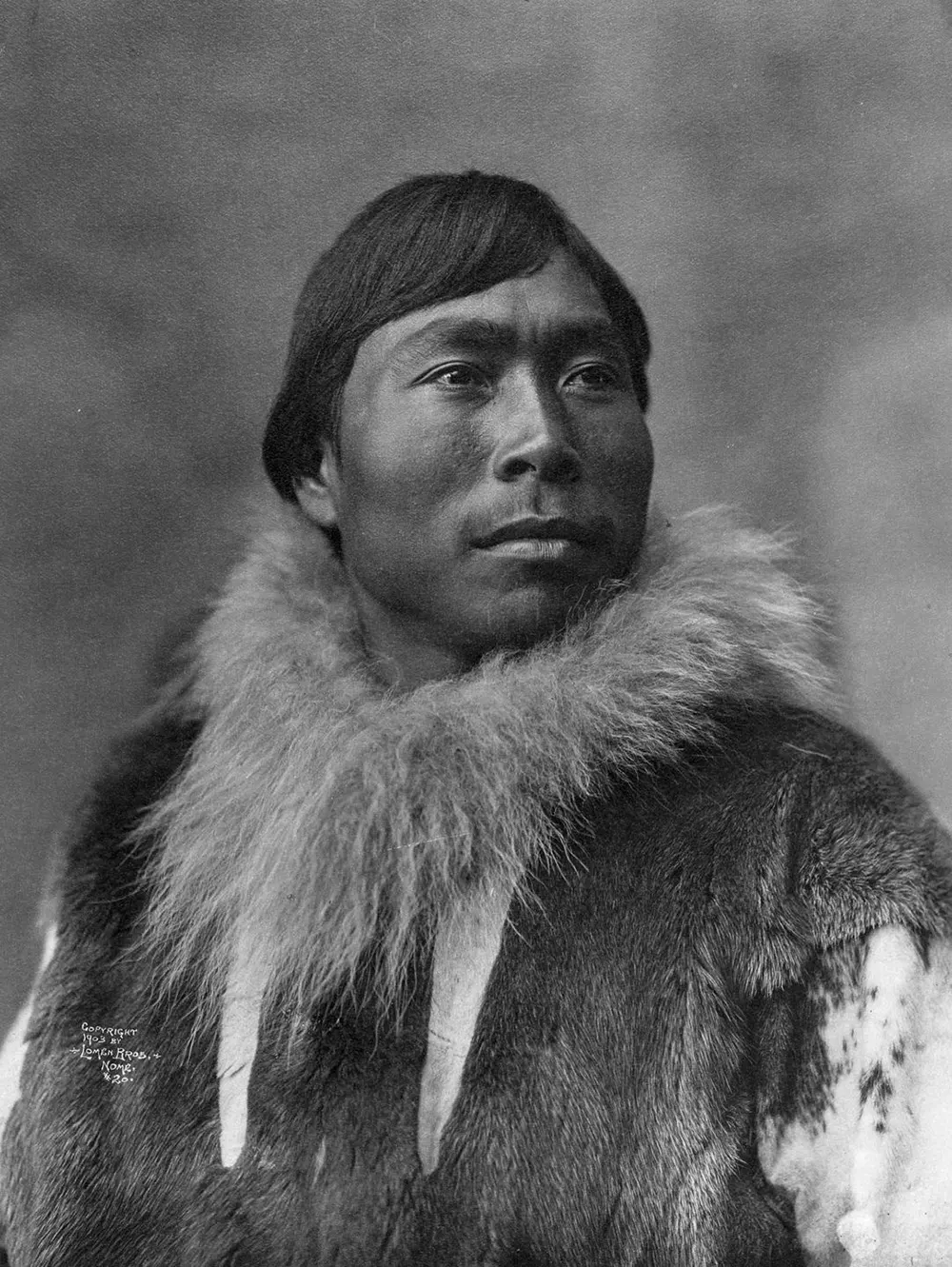
Portrait of an Eskimo man.
The Lomen family was originally from Minnesota and in 1903 they relocated to Nome, Alaska. Within a few years, the family owned a clothing store, pharmacy, stationery store, meatpacking, shipping company, a local photography studio, and the Lomen Reindeer Corporation.
The Lomens regularly purchased the negatives of several other photographers to be reissued under the Lomen Brothers Co. studio name. Their photographs focused on a variety of subjects related to Nome and the surrounding areas, including Nome mining operations, business in Nome, dogsled teams, ships and boats, aviation, transient gold miners prospecting their claims, and indigenous communities throughout Alaska and Canada.
In September 1934, a fire destroyed their studio along with 25,000-30,000 negatives and 50,000 commercial prints. Approximately 3,000 negatives were salvaged.
The Lomen family invested in the purchase of reindeer herds, and between 1920–1929, they mounted a huge structure of slaughterhouses and processing facilities, still getting success with the crossbreeding of caribou and reindeer.
Then they proceeded to dominate the export market of reindeer meat and skins for the United States, making inviable the competition for the Inuit small farmers.
However, in 1937 the Lomen meatpacking business collapsed after Congress mandated the return of all Alaskan reindeer herds to the control of the Bureau of Indian Affairs.

The wolf dance of the Kaviagamutes.

Eskimo berry pickers.

An Eskimo fur dealer.
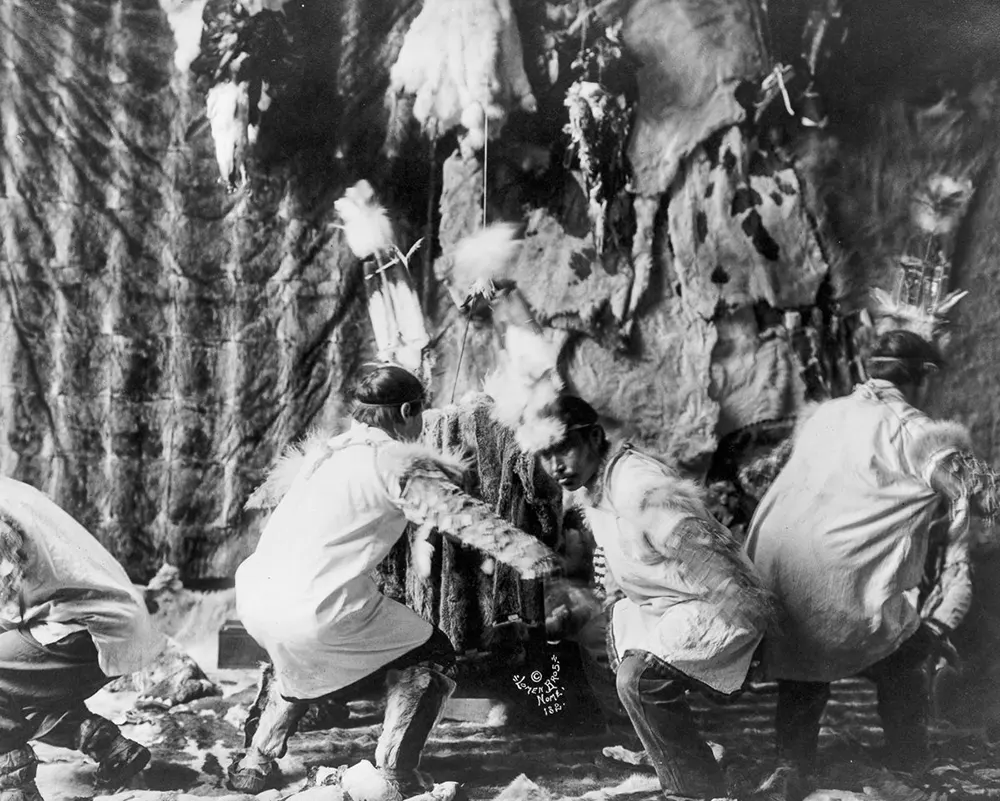
Dance of the Kaviagamute. 1914.
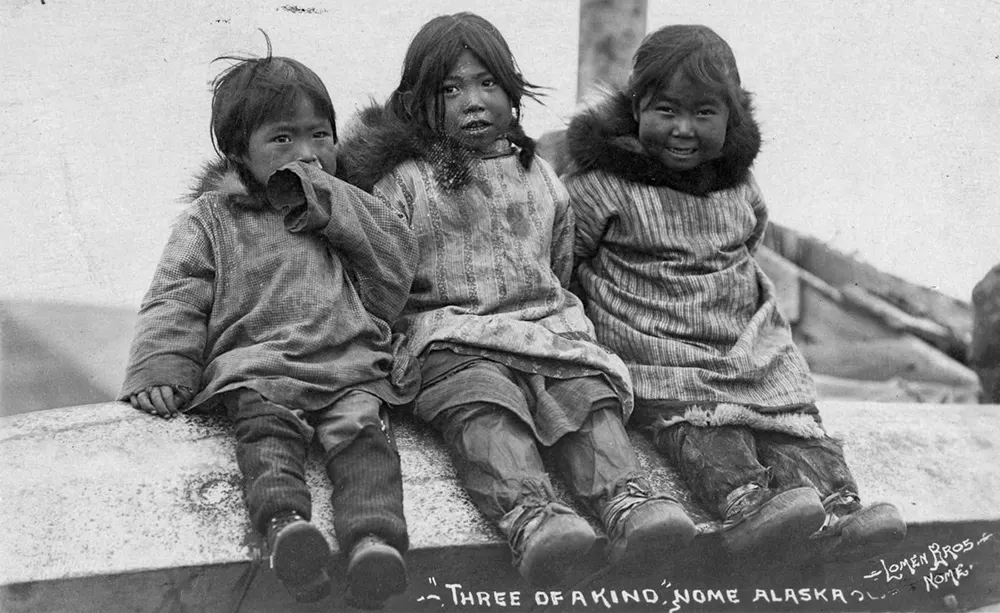
Three Eskimo children.

Newarluk, an Eskimo woman. 1915.

The Anvil Creek gold mine. 1915.
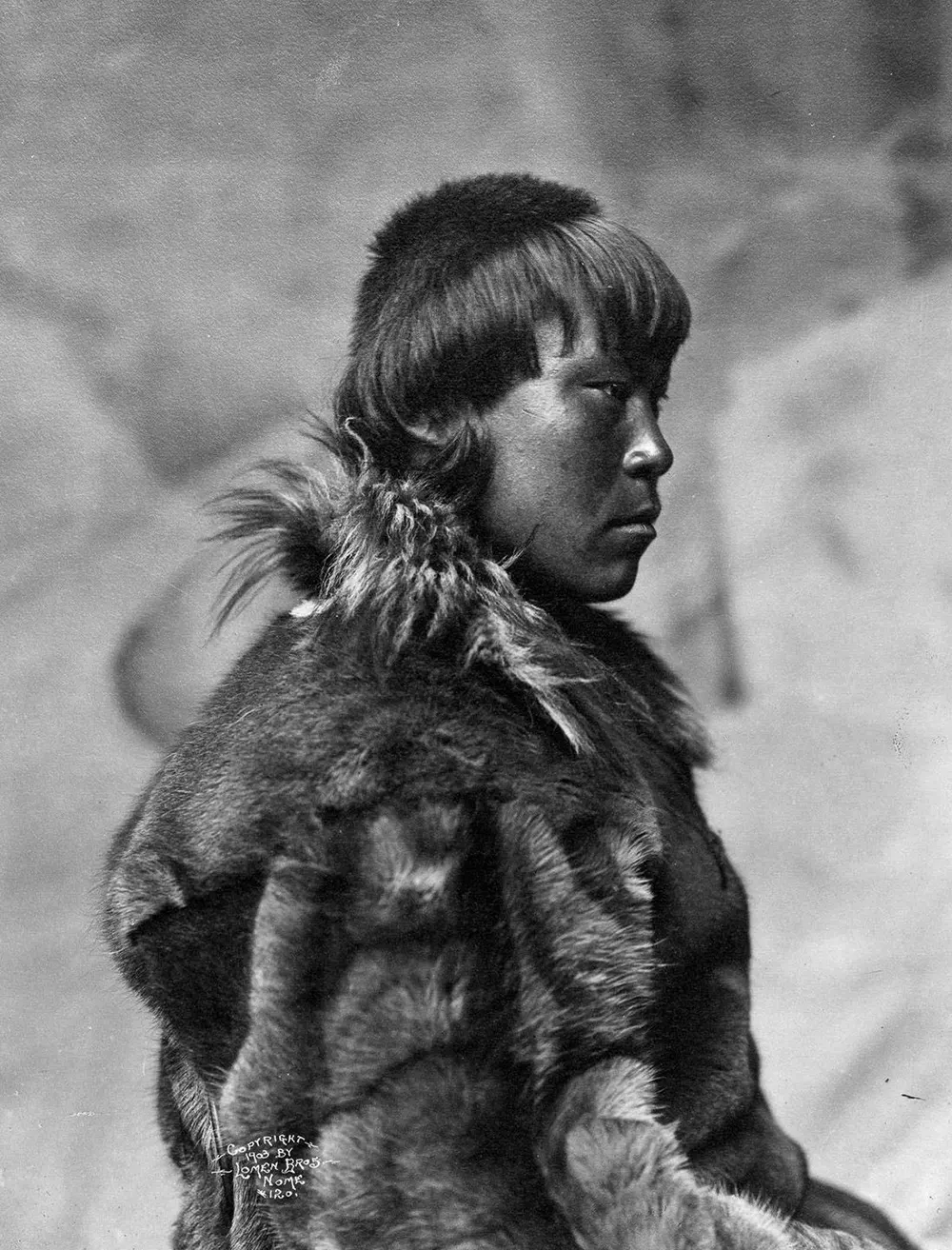
Portrait of an Eskimo man. 1903.

Portrait of an Eskimo woman.

Men panning for gold (during the Alaskan Gold Rush).
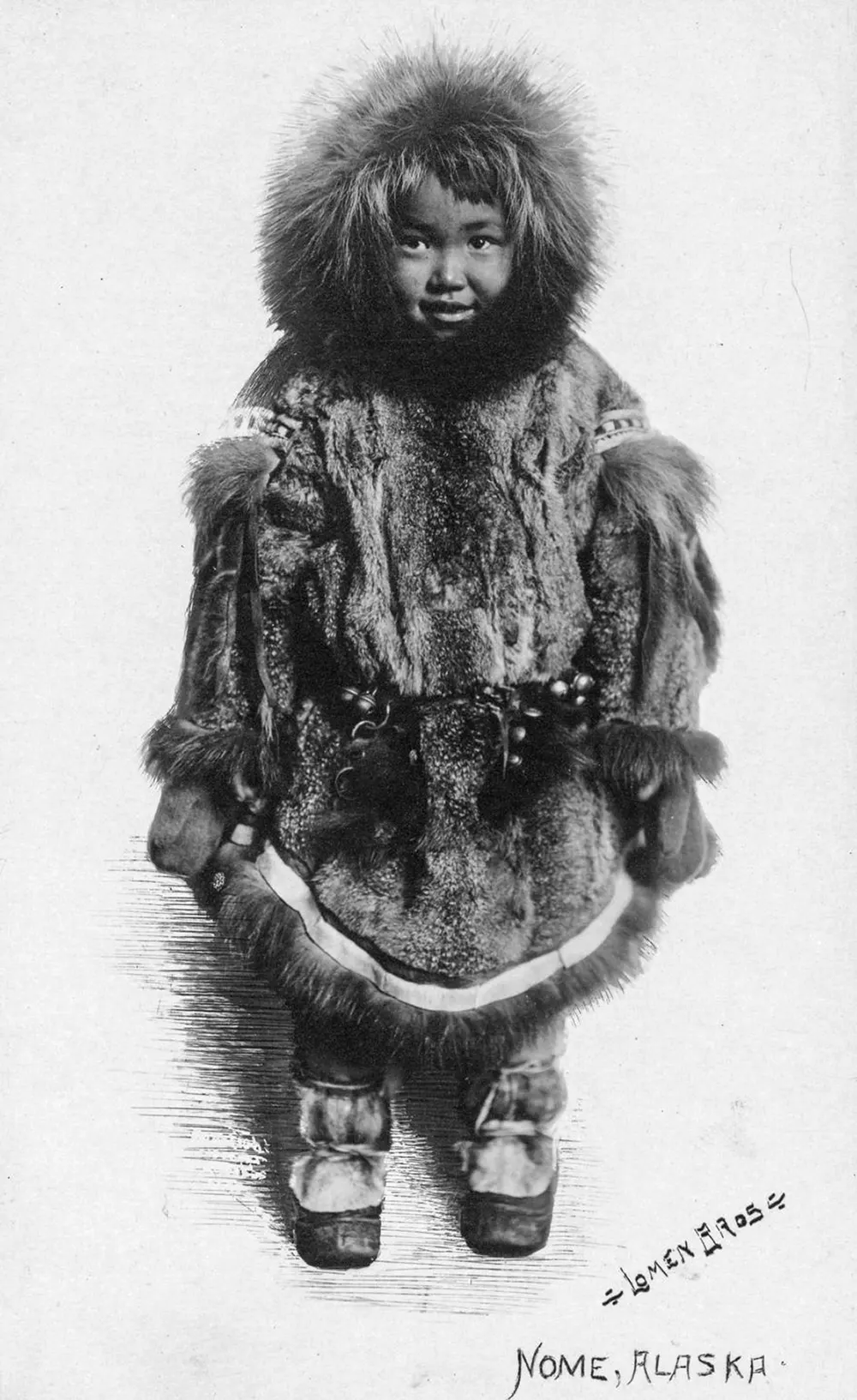
Child in fur.
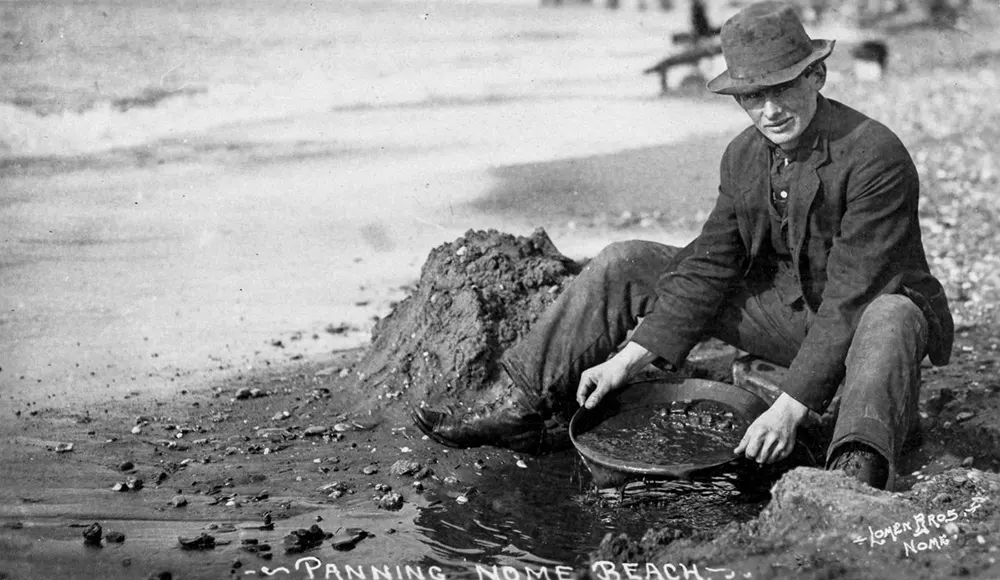
A man panning for gold on Nome beach.

Eskimo from the Diomede Islands.
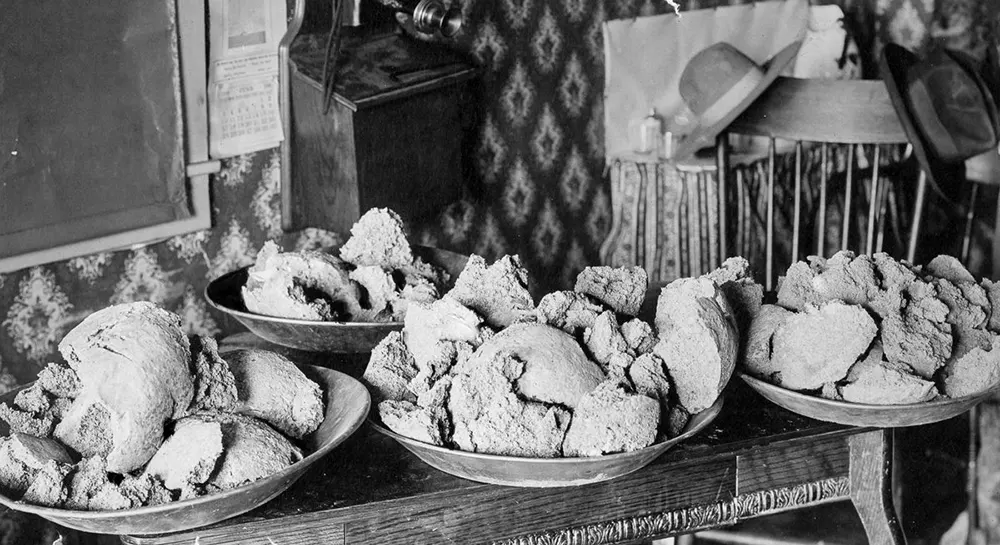
Gold mined in one day.
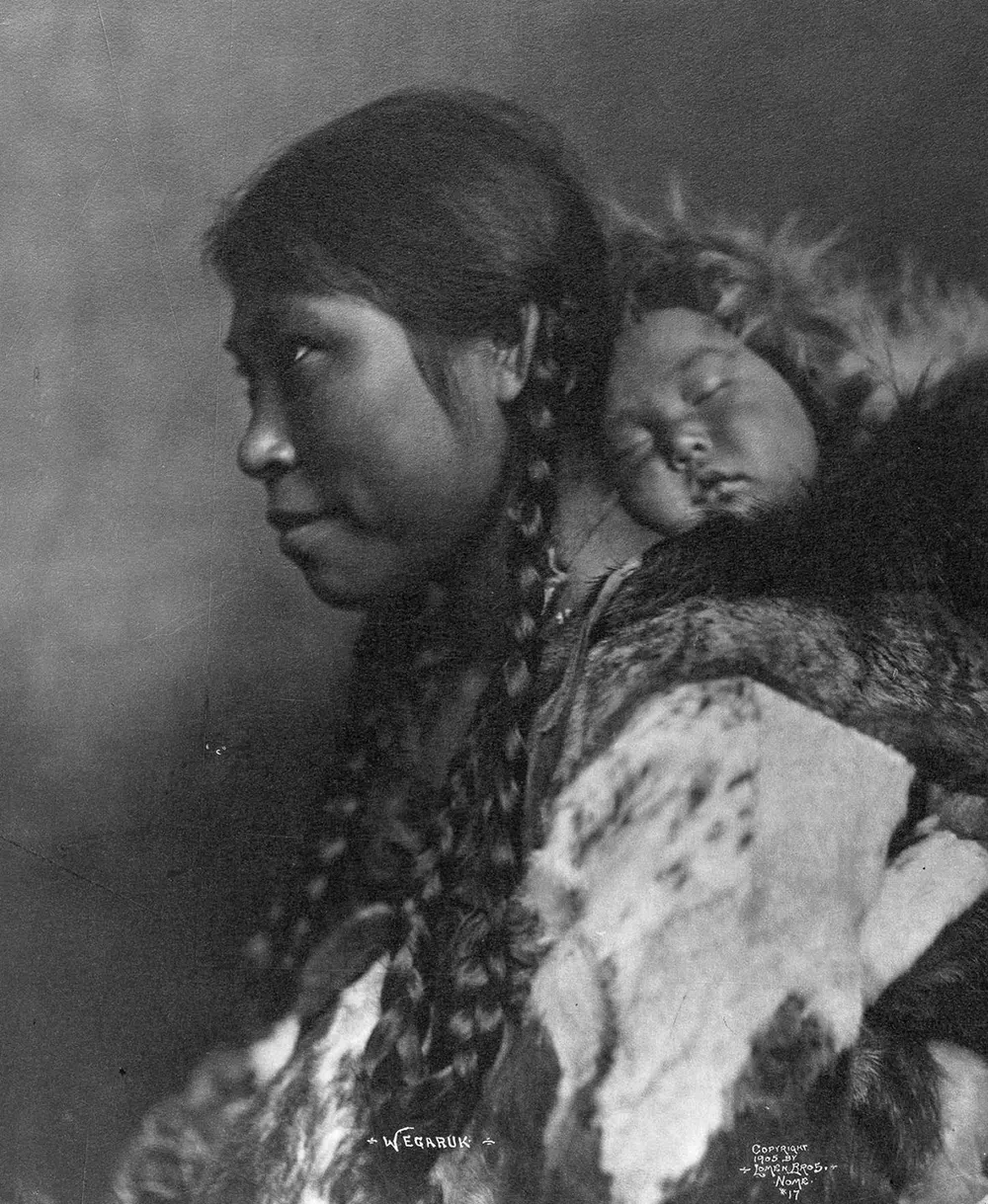
Mother and child. 1905.
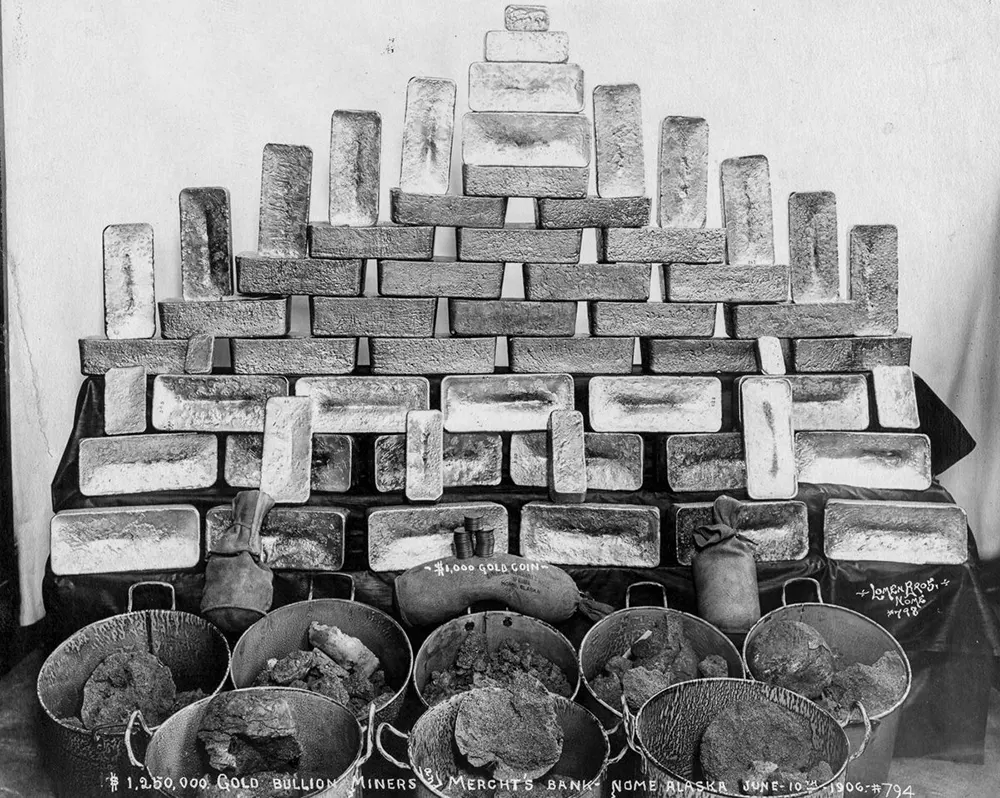
$1,250,000 in gold bullion at the Miners and Merchants Bank. 1906.

Child on beach. 1906.
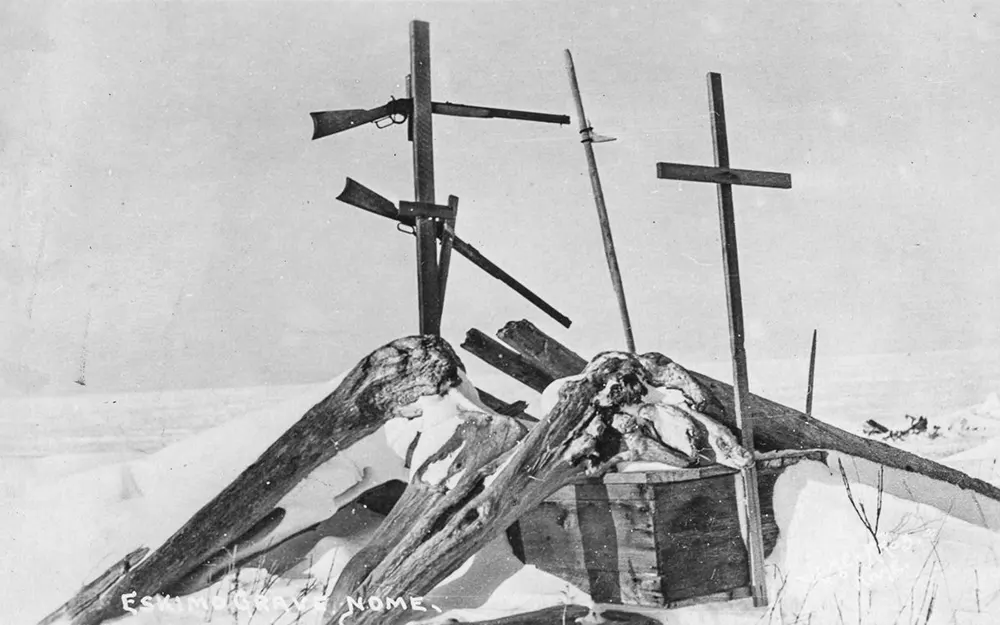
An Eskimo grave.
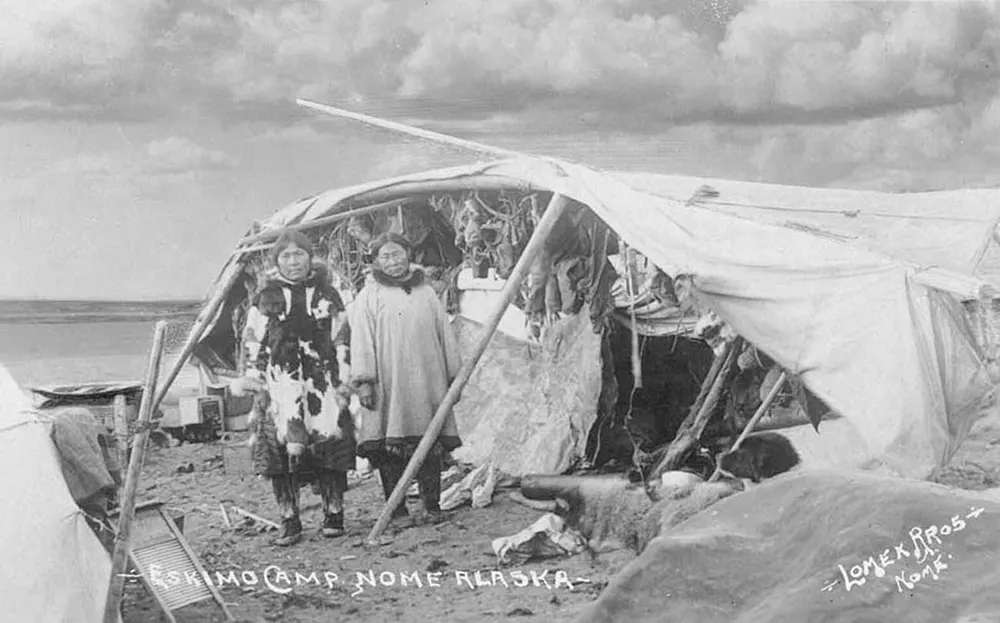
Eskimo camp, Nome, Alaska.
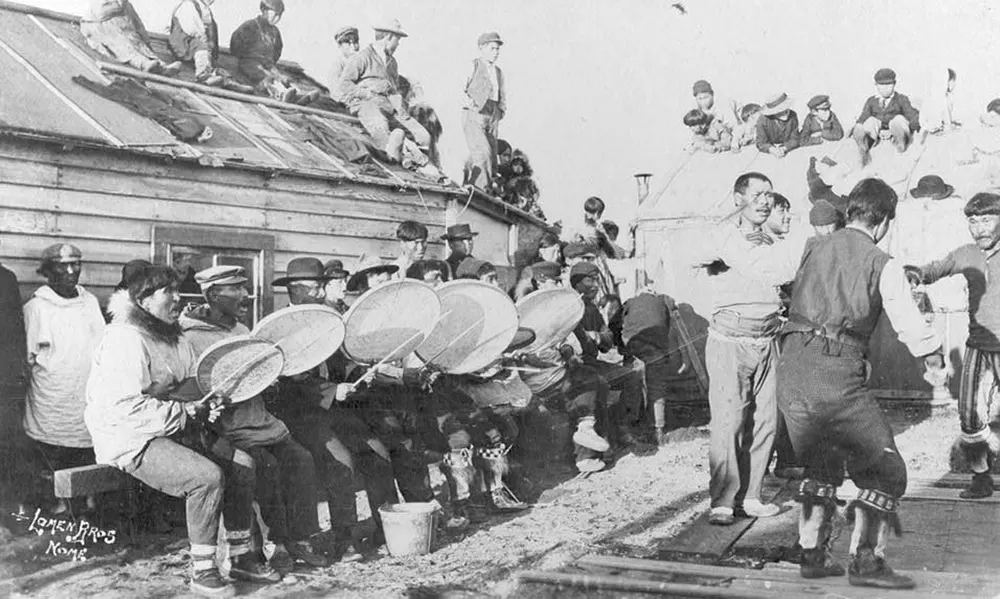
Ceremonial dance.

Eskimo mother with child on back.

Eskimo and captured reindeer.
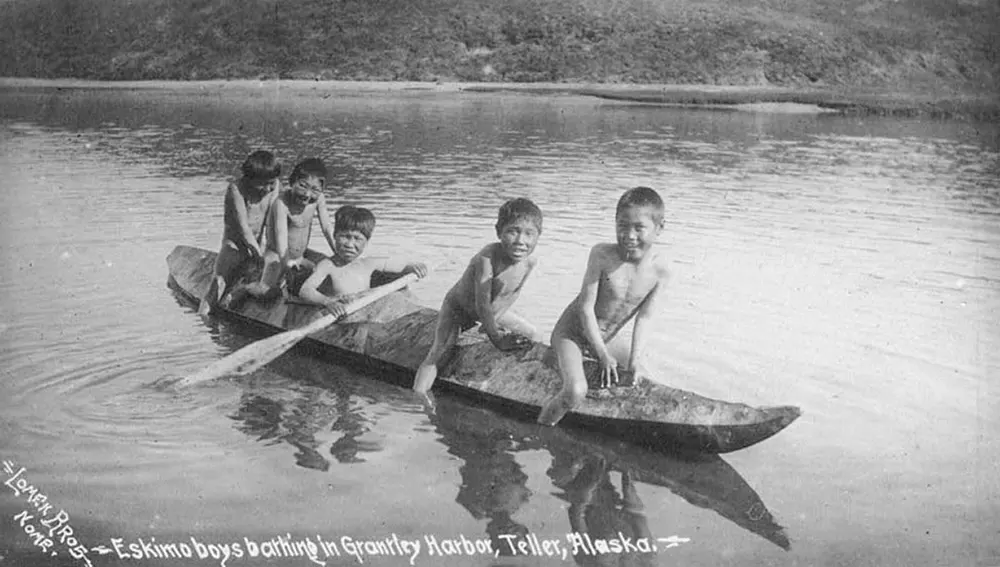
Eskimo boys on a kayak in Grantley Harbor.
(Photo credit: Lomen Bros / Library of Congress).
